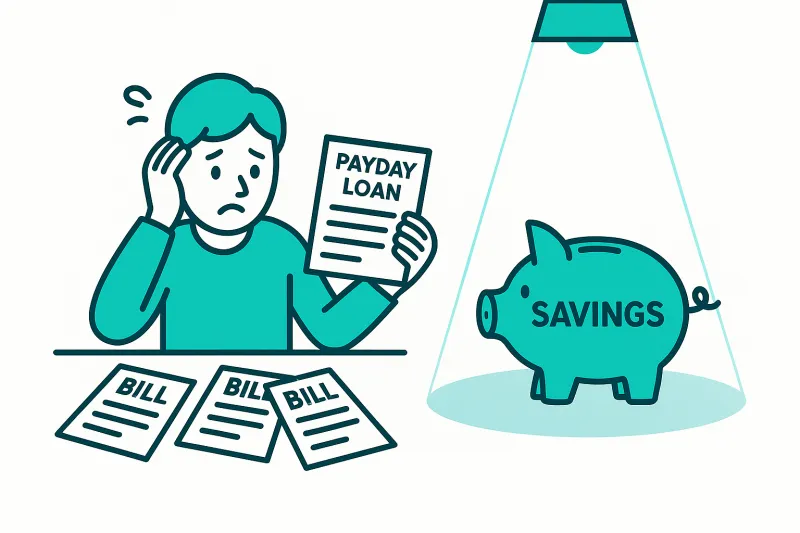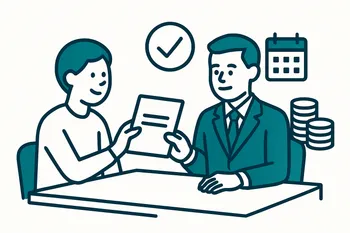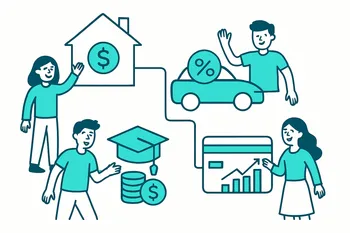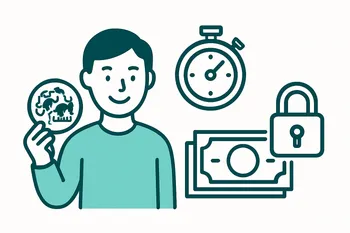Understanding Payday Loans: A Comprehensive Guide
- Personal Finance
- 02 Mins read

Understanding Payday Loans: A Comprehensive Guide
Payday loans are one of the most controversial financial products available. They promise quick cash but come with high fees. In this guide, we’ll explore what payday loans are, how they work, and if they are right for you.
What is a Payday Loan?
A payday loan is a short-term, high-cost loan. Typically, you repay the loan on your next payday, hence the name. The aim is to provide quick cash for emergencies, but they often come with exorbitant fees.
How Do They Work?
When you apply, you provide details of your employment and bank account. Lenders don't usually conduct a full credit check, but they expect repayment by your next payday.
The Costs Involved
The fees can be steep. For example, borrowing $100 might cost you $20 in fees over two weeks, but this can equate to an annual percentage rate (APR) of 391% or more. Incidentally, here's a simple comparison: if you were to borrow from a traditional lender, the interest might be just a fraction of this cost.
Quote: "In my ten years as a finance author, I've seen such loans help in desperate situations but also lead to a cycle of debt for many." — Nathan Smith
The Pros and Cons
Pros
- Quick approval: You can often get the money within 24 hours.
- Easy qualification: No need for good credit scores.
- Flexible use: Spend on anything from emergency repairs to medical bills.
Cons
- High fees: These can exceed the principal over time.
- Short repayment terms: Typically, just a few weeks.
- Potential cycle of debt: Many borrowers find themselves borrowing again to pay off the original loan.
Considerations Before Applying
Ask yourself:
- Do I really need this loan now?
- Can I realistically repay it by the due date?
- Are there cheaper credit options available?
Alternatives to Payday Loans
If you're considering a payday loan, it might be worth exploring other options. Here are a few:
- Credit Union Loans: Lower rates and less stringent requirements.
- Payment Plans: Negotiate with your service providers.
- Traditional Personal Loans: Lower interest when compared to payday loans.
- Peer-to-Peer Lending: Often more reasonable terms.
Case Study: John's Experience
John's Air Conditioner Broke: It was a sweltering summer day, and John’s air conditioner conked out. He took out a $300 payday loan to fix it. By the end of the month, the fee was $40, making his total $340. When payday came, he didn't have enough and had to roll over the loan, adding more fees.
Lessons from John’s Story: Plan for emergencies by building a small savings fund, even if it’s just $10 a week.
Key Takeaways
- Payday loans should be a last resort.
- Understand the total cost before borrowing.
- Explore alternative credit solutions.
Notice: Always check with reputable sources like ASIC or MoneySmart for credible advice on managing loans and personal finance.
Summary
Payday loans can be both a lifeline and a trap. They fill a need in emergencies but come with significant risks. Approach with caution, weigh alternatives, and have a solid plan for repayment.



